沈阳朗和舒适怡家商贸有限公司
联系人:张经理
手机:13940581546
全国服务热线:400-1619-919
地址:沈阳市浑南美凯龙三楼西厅(约克空调旗舰店)
网址:www.aoshute.com
PIAC
Pacific Island Air Condition Limited
Yongxin Wang
PACIFIC ISLAND AIR CONDITION LIMITED

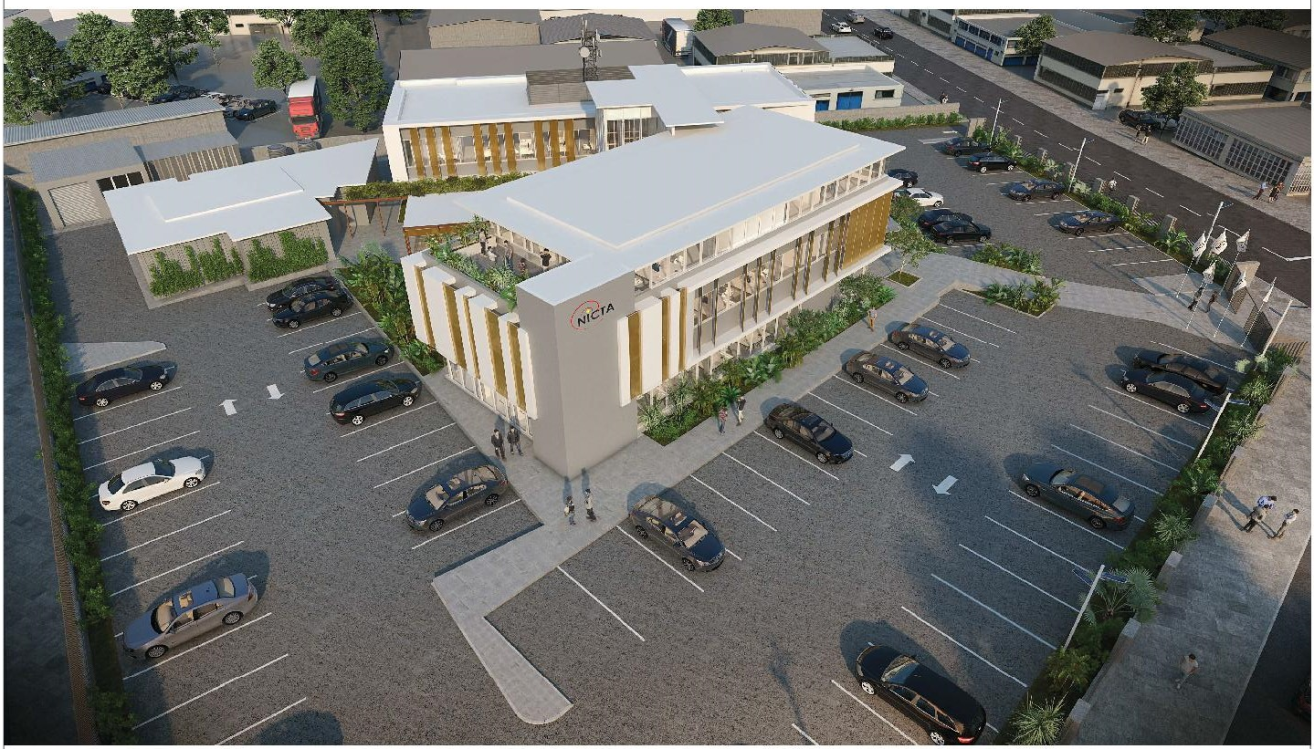

PACIFIC ISLAND AIR CONDITION LIMITED

WHO IS PACIFIC ISLAND AIR CONDITION LIMITED?
Pacific Island Air Condition Limited has a newly established mechanical services division which specialises in the design, installation and maintenance of heating, air conditioning, ventilation and refrigeration (HVACR) systems for commercial and industrial projects, now in Papua New Guinea. Our performance comes from our state of the art manufacturing plant and multi-disciplined team of professionals including in-house project managers, engineers, drafters, supervisors and technicians. We offer the expertise and resources to undertake projects of any size from conception through to operational handover, service and maintenance, and upgrades or additional works.

Our services integrate to cover the lifecycle of a building. We have a track record of delivery of many large and complex HVACR construction projects brought in on schedule, within budget employing leading edge HVARC technologies from York to deliver optimum energy and cost efficiency. This foundational skill underpins our service and maintenance business, which utilises the latest preventative and on-call methodologies. Equally our Services and special projects business offers upgrades and ongoing works directly to building
PACIFIC ISLAND AIR CONDITION LIMITED
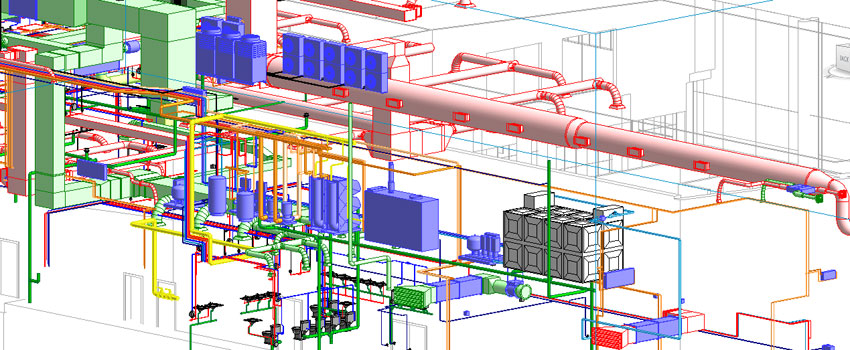
owner/managers that leverage the same industry leading resources we bring to our construction work, but with specific expertise relevant to that context.
We have a strong team who are committed to providing the best service available in heating and cooling. Our staff can offer friendly and reliable assistance to all of our clients.
Whether it’s an installation, repair or routine maintenance Pacific Island Air Condition Limited looks forward to assisting you with all of your heating and cooling needs. Our skilled technicians can service and repair all air conditioning and heating systems, makes and models and provide custom quotations for new installations.
Our air conditioning and heating services include:
Breakdown and repair services
Installation
Routine and preventative maintenance
Our technicians are trained and qualified to work on all types of heating and cooling units, including ducted reverse cycle systems, split system air conditioners, cassette air conditioners, gas wall furnaces, evaporative air conditioners, gas log fire heaters, and much
more. Our technicians undergo York endorsed training on all unit types and we guarantee workmanship on all of our jobs.
We offer our clients scientific solutions to air and refrigeration treatments coupled with technical and practical ‘hands-on’ product knowledge to get the maximum energy efficiency,
ACIFIC ISLAND AIR CONDITION LIMITED
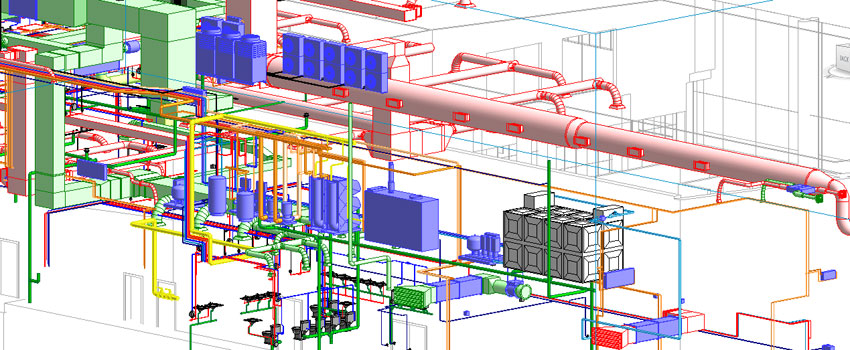
cost effectiveness and environmentally friendly systems, suited to your needs
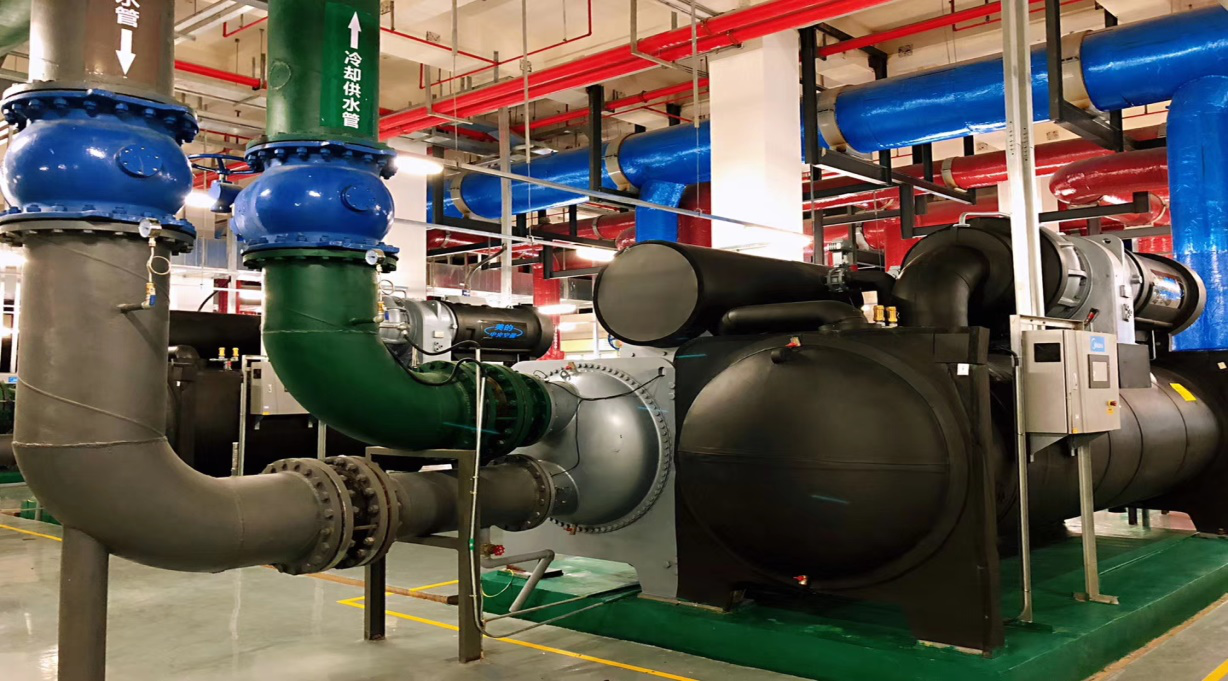
PACIFIC ISLAND AIR CONDITION LIMITED
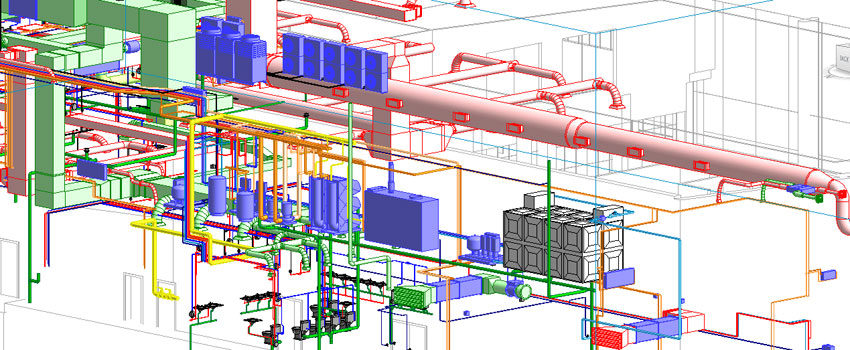
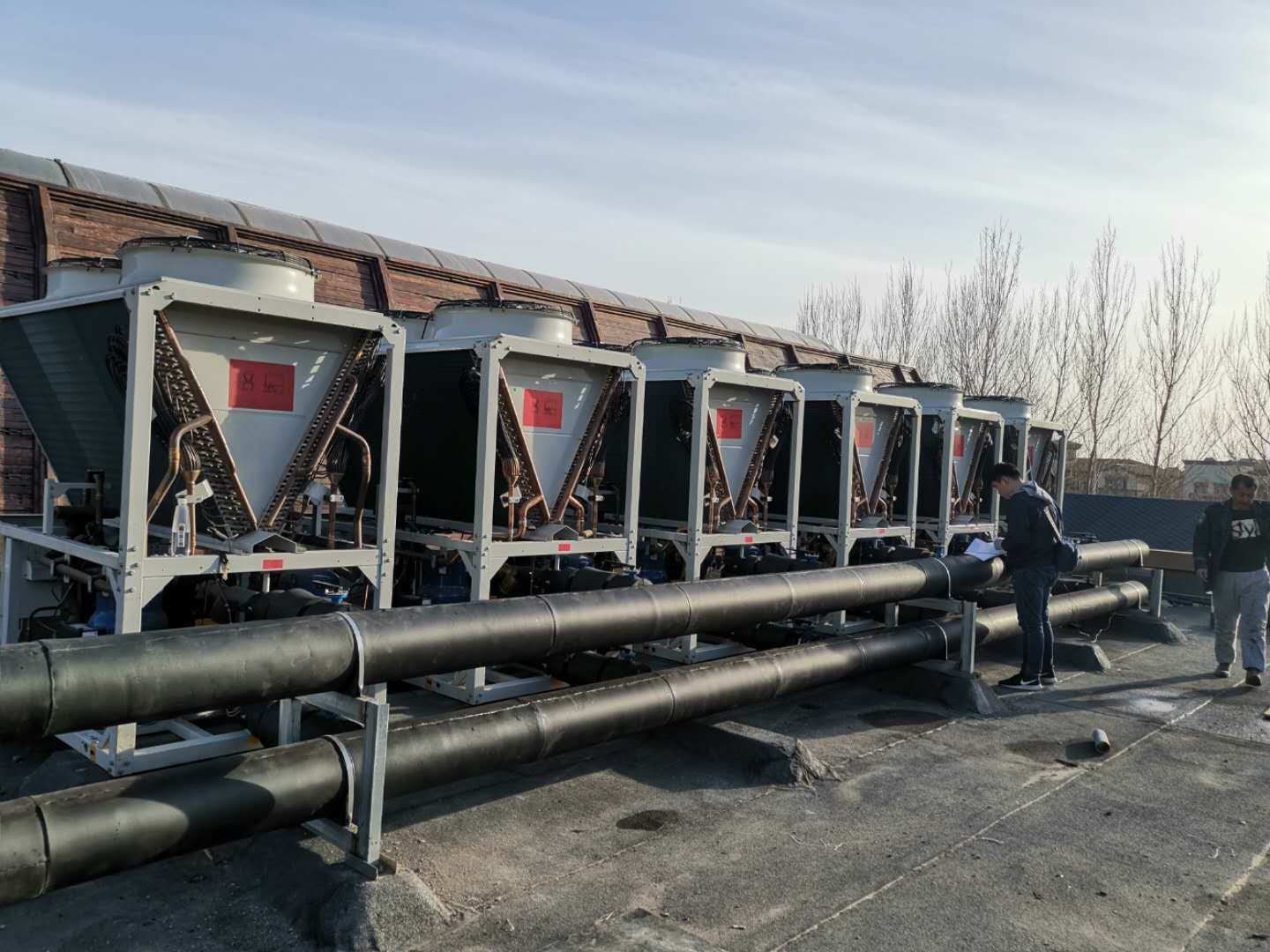
Core Values
Advancement – We are committed to the upkeep with advancements within the sciences of HVAC&R for the benefit of our clients.
Leadership – We are committed to providing leadership within our industry, and developing leadership qualities in our partners.
Integrity – We are committed to honesty in the practice of our profession.
Service – We are committed to providing a quality service by meeting deadlines, providing quality installations on a safe site.
Excellence – We are committed to the achievements of technical quality and excellence in our work.
PACIFIC ISLAND AIR CONDITION LIMITED
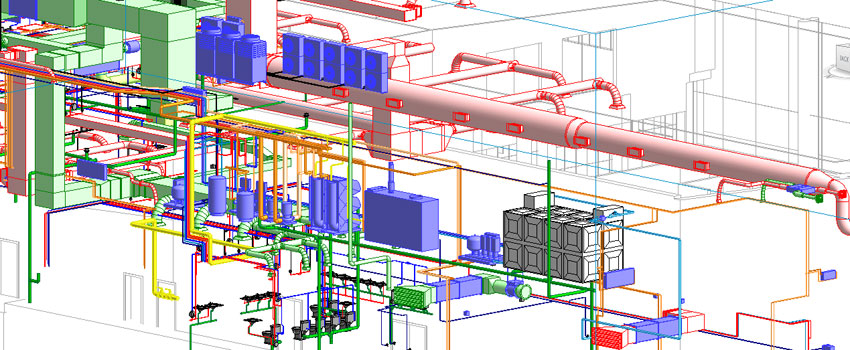
Code of Ethics
Our services shall only be offered in areas of our competence.
Our products shall be offered in areas of their suitability.
The confidentiality of clients’ business affairs, propriety information and procedures shall be respected.
Core Capabilities
Chilled water systems
Variable Refrigeration Volume System (VRV)
Air & Water Cooled package systems
PACIFIC ISLAND AIR CONDITION LIMITED
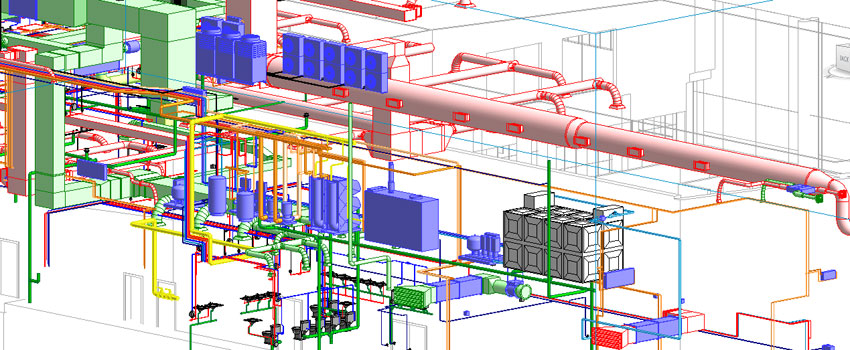
Evaporative Cooling Systems
Split type DX systems (Inverter technology)
Close Control computer room systems
Maintenance & service contracting
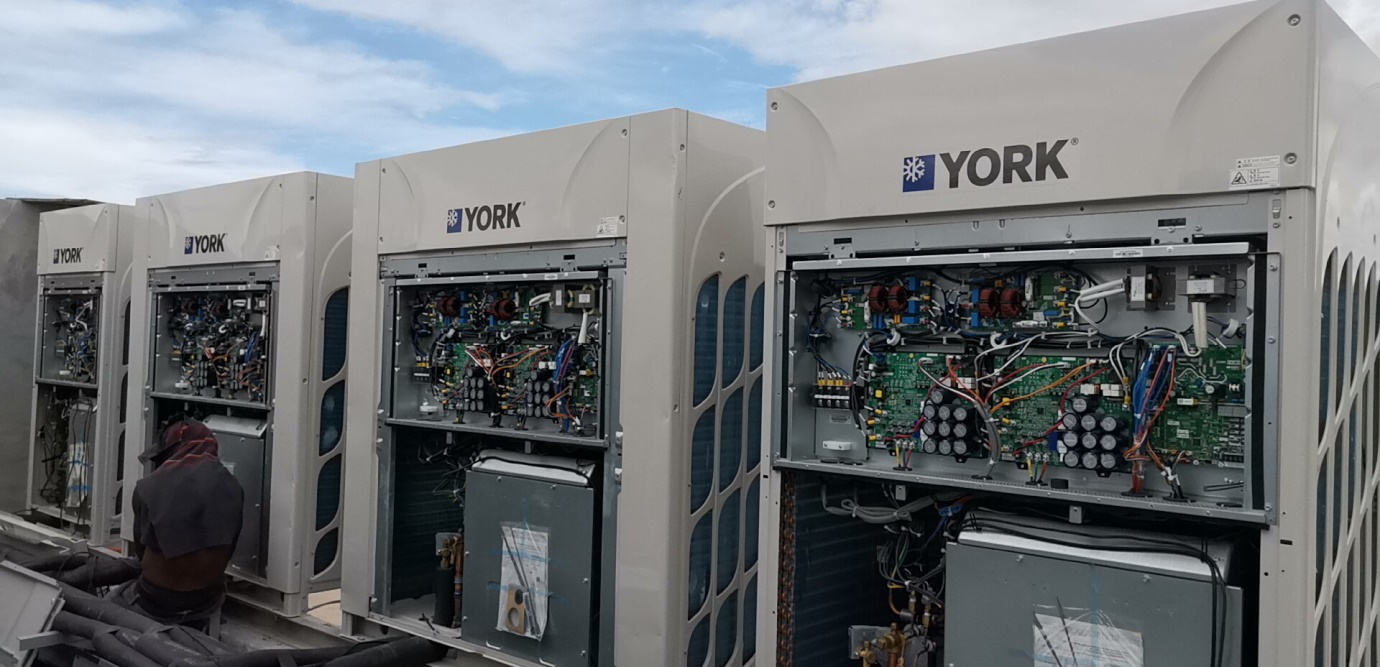
Staff Capabilities
Mechanical & Electrical Engineering
Ducting and Plant installations
Construction Drawings
VRV System Trouble Shooting
VRV RE-Engineering
Refrigeration Piping
Electrical Cabling & Controls
Commissioning
Ducting
External Insulation (FRK)
PACIFIC ISLAND AIR CONDITION LIMITED
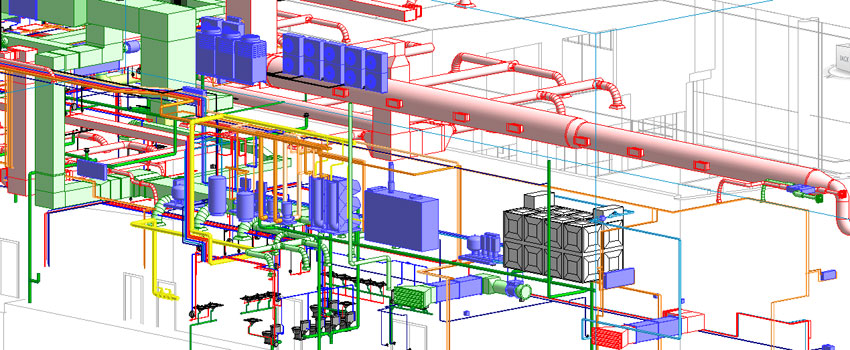
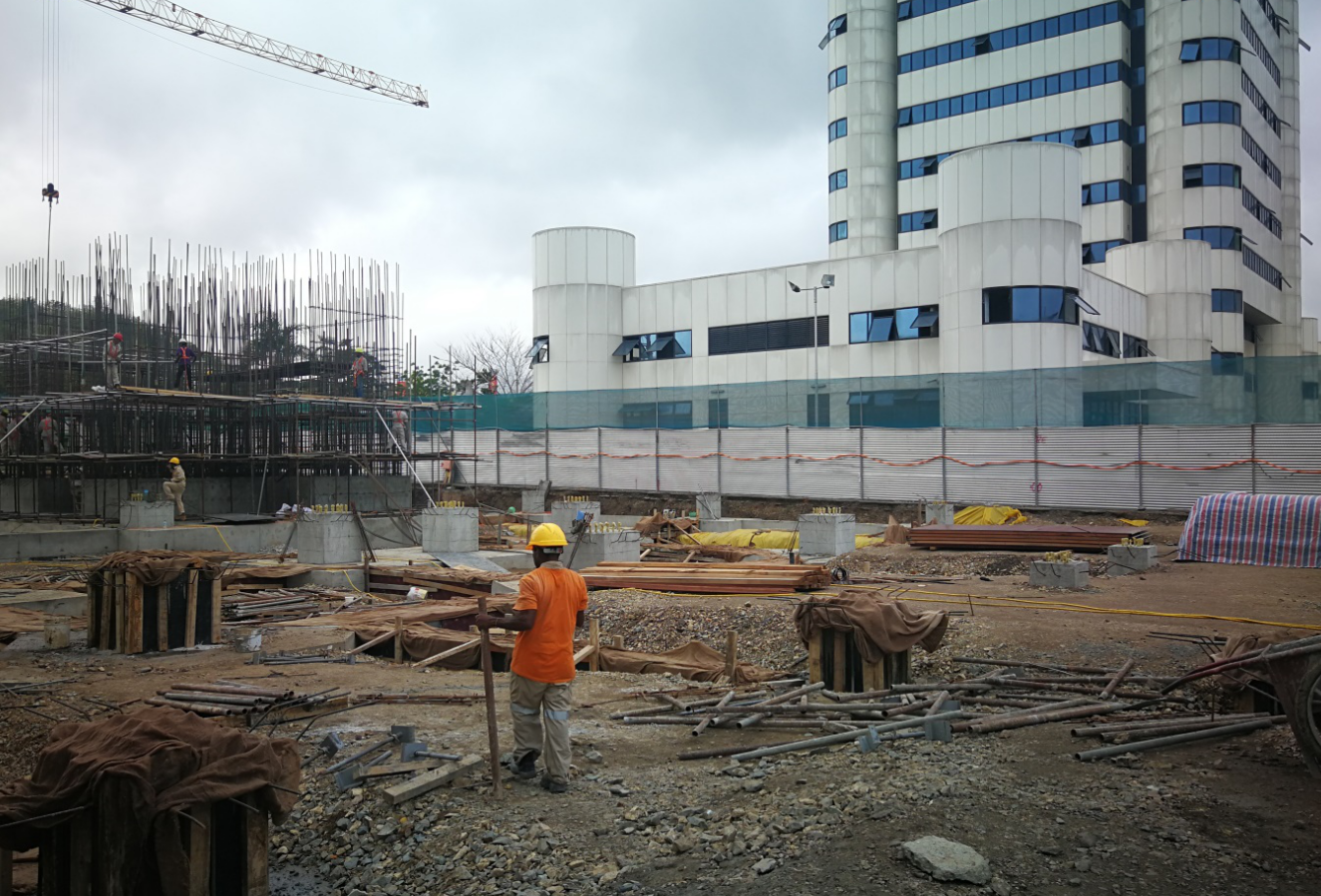
Code Compliance
Our HVAC systems are compliant to (including but not limited to);
AS/NZS 3666 Air-handling and water systems of buildings — Microbial control
3666.1 Part 1: Design, installation and commissioning
3666.2 Part 2: Operation and maintenance
3666.3 Part 3: Performance-based maintenance of cooling water systems
ACIFIC ISLAND AIR CONDITION LIMITED
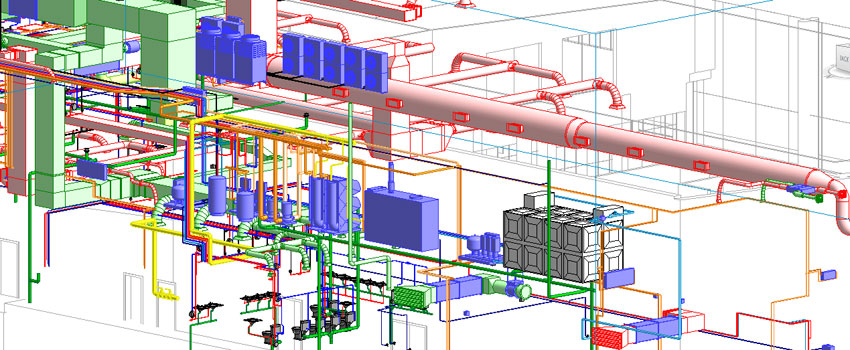
3666.4 Part 4: Performance-based maintenance of air-handling systems (ducts and components)
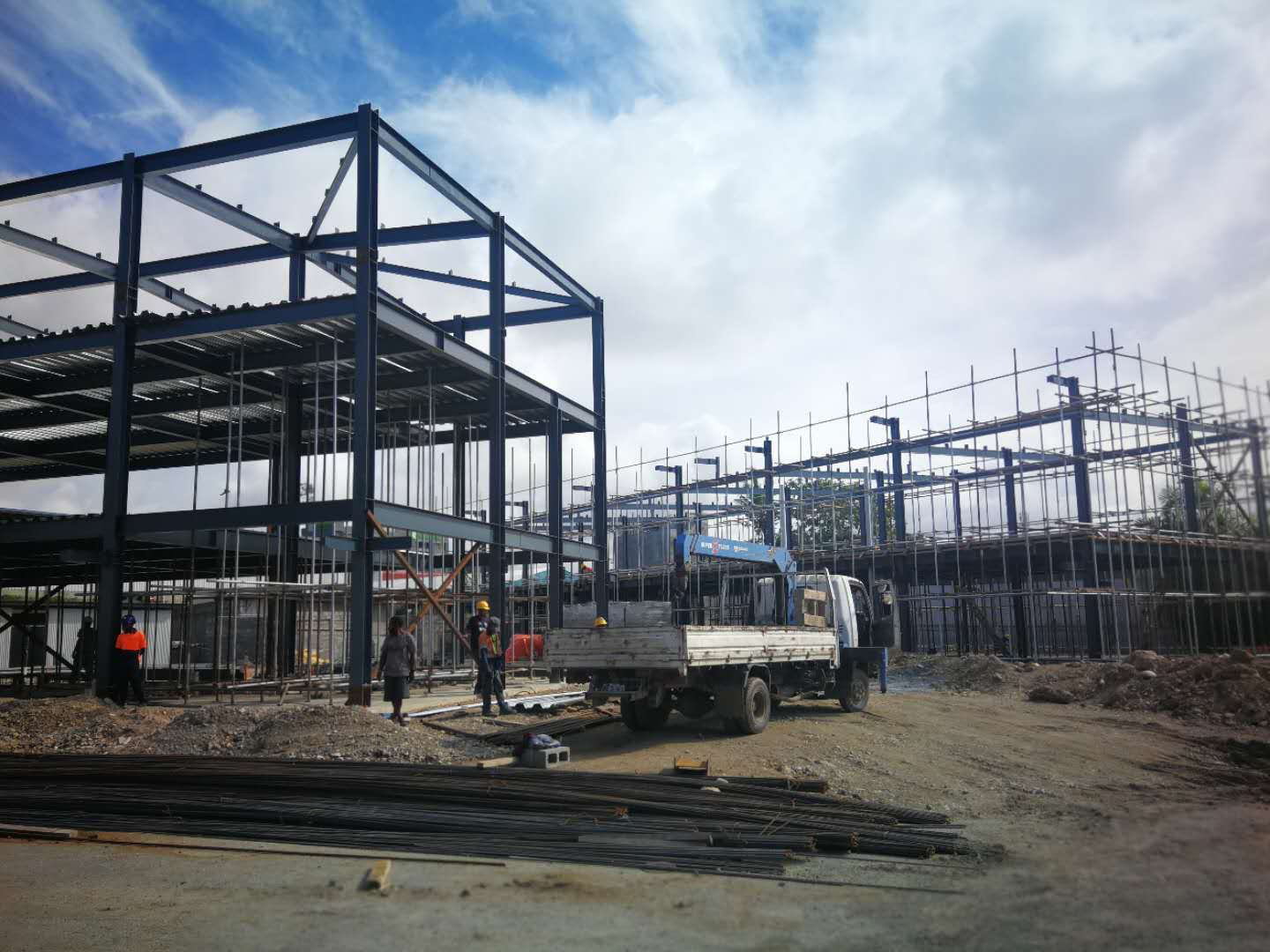
Heating, Ventilation & Air Conditioning Explained
The three disciplines of Heating, Ventilating, and Air-Conditioning are considered the primary functions. A fourth discipline, which is critical is controlling the system(s). Controls determine how HVAC systems operate to meet the design goals of comfort, safety, and cost-effective operation.
Heating can be accomplished by heating the air within a space (e.g. supply air systems, perimeter fin-tube "radiators"), or by heating the occupants directly by radiation (e.g. floor/ceiling/wall radiation or radiant panels).
Ventilating maintains an adequate mixture of gases in the air we breathe (e.g. not too much CO2), controls odors, and removes contaminants from occupied spaces. "Clean"
PACIFIC ISLAND AIR CONDITION LIMITED
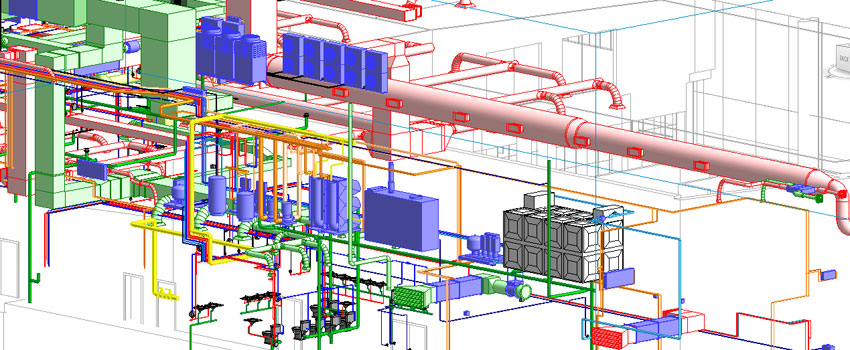
air helps keep occupants healthy and productive. Ventilation can be accomplished passively through natural ventilation, or actively through mechanical distribution systems powered by fans.
Air-conditioning refers to the sensible and latent cooling of air. Sensible cooling involves the control of air temperature while latent cooling involves the control of air humidity. Room air is cooled by transferring heat between spaces, such as with a water loop heat pump system, or by rejecting it to the outside air via air-cooled or water-cooled equipment. Heat can also be rejected to the ground using geothermal exchange. Cool air is not comfortable if it is too humid. Air is dehumidified by condensing its moisture on a cold surface, such as part of mechanical cooling), or by removing the moisture through absorption (desiccant dehumidification). In dry climates, humidification may be required for comfort instead of dehumidification. Evaporative humidification also cools the air. Further, in such climates it is possible to use radiant cooling systems, similar to the radiant heating systems mentioned above.
Controls ensure occupant comfort, provide safe operation of the equipment, and in a modern HVAC control system enable judicious use of energy resources. HVAC systems are sized to meet heating and cooling loads that historically occur only 1% to 2.5% of the time. It is the function of the controls to ensure that the HVAC systems perform properly, reliably, and efficiently during those conditions that occur 97.5% to 99% of the time.
Each HVAC discipline has specific design requirements and each has opportunities for energy savings. It must be understood, however, that energy savings in one area may augment or diminish savings in another. This applies to interactions between components of HVAC system, as well as between the HVAC system and the lighting and envelope systems.
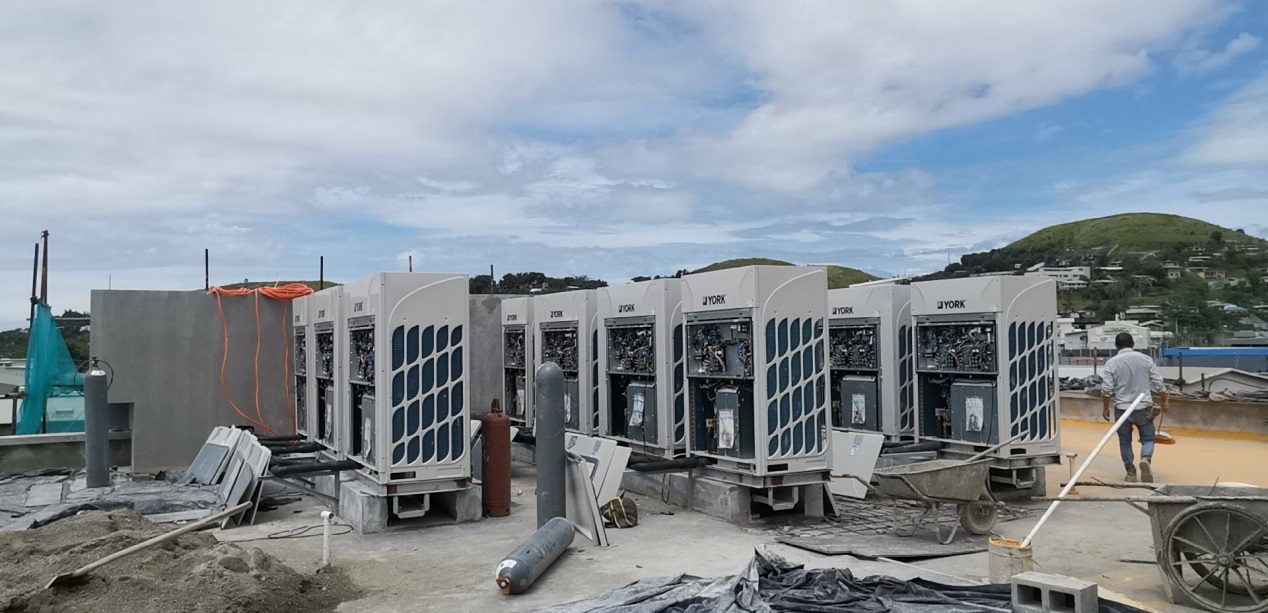
PACIFIC ISLAND AIR CONDITION LIMITED
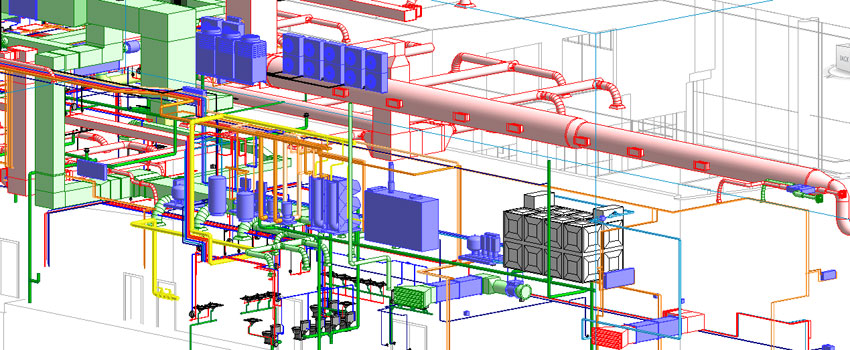
Impact on Building Energy Performance Goals
Employing high-performance HVAC equipment in conjunction with the building design can result in significant energy savings. Typically, a 30% reduction in annual energy costs can be achieved with a simple payback period of about three to five years.
Fundamentals of Energy- and Resource-Efficient HVAC Design
Consider all aspects of the building simultaneously Energy-efficient, climate responsive construction requires a whole building perspective that integrates architectural and engineering concerns early in the design process. For example, the evaluation of a building envelope design must consider its effect on cooling loads and daylighting. An energy-efficient building envelope, coupled with a state-of-the-art lighting system and efficient, properly-sized HVAC equipment will cost less to purchase and operate than a building whose systems are selected in isolation from each other.
Decide on design goals as early as possible A building that only meets energy code requirements will often have a different HVAC system than one that uses 40% less energy than desired. And the difference is likely to be not only component size, but also basic system type. Functional—Meet Performance Objectives.
"Right Size" HVAC systems to ensure efficient operation Safety factors for HVAC systems allow for uncertainties in the final design, construction and use of the building, but should be used reasonably. Greatly oversized equipment operates less efficiently and costs more than properly sized equipment. For example, oversized cooling systems may not dehumidify the air properly. It is unreasonable and expensive to assume a simultaneous worst-case scenario for all load components (occupancy, lighting, shading devices, weather) and then to apply the highest safety factors for sizing.
"Right Size" HVAC systems to ensure efficient operation Safety factors for HVAC systems allow for uncertainties in the final design, construction and use of the building, but should be used reasonably. Greatly oversized equipment operates less efficiently and costs more than properly sized equipment. For example, oversized cooling systems may not dehumidify the air properly. It is unreasonable and expensive to assume a simultaneous worst-case scenario for all load components (occupancy, lighting, shading devices, weather) and then to apply the highest safety factors for sizing.
Consider part-load performance when selecting equipment Part-load performance of equipment is a critical consideration for HVAC sizing. Most heating and cooling equipment only operate at their rated, peak efficiency when fully loaded (that is, working near their maximum output).However, HVAC systems are sized to meet design heating and cooling conditions that historically occur only 1% to 2.5% of the time. Thus, HVAC systems are intentionally oversized at least 97.5% to 99% of the time. In addition, most equipment is further oversized to handle pick-up loads and to provide a factor of safety. Therefore, systems almost never operate at full load. In fact, most systems operate at 50% or less of their capacity.
Manage electric loads during peak demand periods Many electric utilities offer lower rates during off-peak periods that typically occur at night. Whenever possible, design systems to take advantage of this situation. For example, energy management systems can shed non-critical loads at peak periods to prevent short duration electrical demands from affecting energy bills for the entire year. Or, off-peak thermal ice storage systems can be designed to run chillers at night to make ice that can be used for cooling the building during the next afternoon when rates are higher.
Plan for expansion, but don't size for it A change in building use or the incorporation of new technologies can lead to an increased demand for cooling. But, it is wasteful to provide excess capacity now—the capacity may never be used or the equipment could be obsolete by the time it is needed. It is better to plan equipment and space so that future expansion is possible. For example, adequately size mechanical rooms and consider the use of modular equipment.
Commission the HVAC systems Commercial HVAC systems do not always work as expected. Problems can be caused by the design of the HVAC system or because equipment and controls are improperly connected or installed. A part of commissioning involves testing the HVAC systems under all aspects of operation, revealing and correcting problems, and ensuring that everything works as intended. A comprehensive commissioning program will also ensure that O&M personnel are properly trained in the functioning of all systems.
Establish an Operations and Maintenance (O&M) Program Proper performance and energy-efficient operation of HVAC systems can only be ensured through a successful O&M program. The building design team should provide systems that will perform effectively at the level of maintenance that the owner is able to provide. In turn, the owner must understand that different components of the HVAC system will require different degrees of maintenance to perform properly.
Design Recommendations
Consider all aspects of the building simultaneously. The building should incorporate as many features as possible that reduce heating and cooling loads, for example:
1.In skin-load dominated structures, employ passive heating or cooling strategies (e.g., sun control and shading devices, thermal mass).
2.In internal-load dominated structures, include glazing that has a high cooling index.
3.Specify exterior wall constructions that avoid thermal bridging.
4.Detail the exterior wall constructions with air retarder systems.
5.Incorporate the highest R-value wall and roof construction that is cost-effective.
6.Design efficient lighting systems.
7.Use daylight dimming controls whenever possible.
8.Specify efficient office equipment.
9.Accept life-cycle horizons of 20 to 25 years for equipment and 50 to 75 years for walls and glazing.
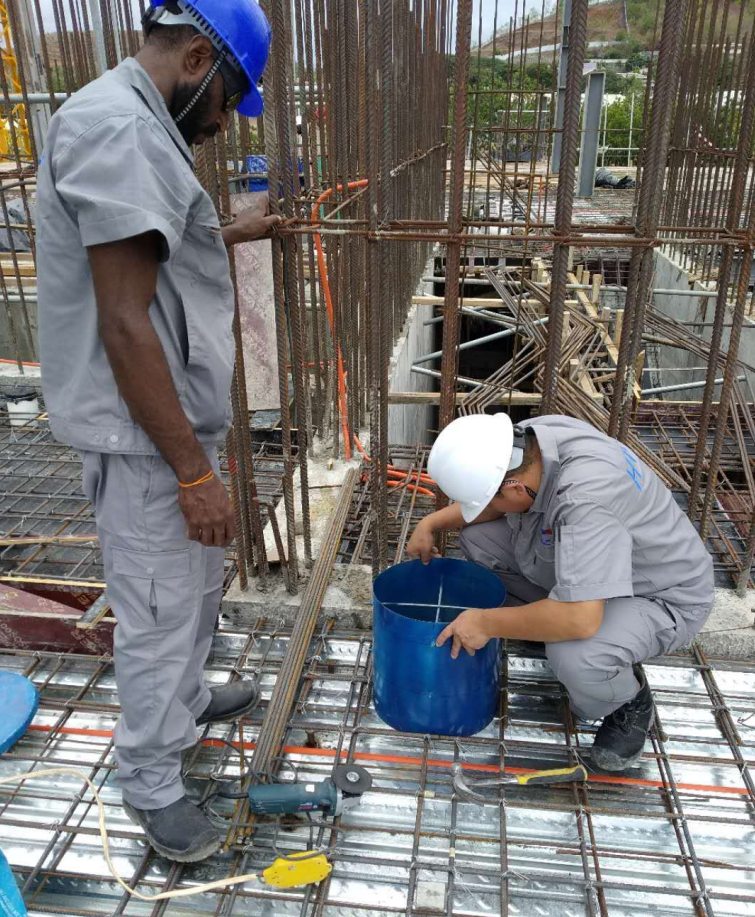
Decide on design goals as early as possible. It is important that the design team knows where it is headed long before the construction documents phase.
a.Emphasise communication between all members of the design team throughout the design process.
b.Develop a written "Basis of Design" that conveys to all members of the project goals for energy efficiency. For example, such a BOD might highlight the intent to incorporate daylighting and the attendant use of high-performance glazing, suitable lighting controls and interior layout.
c.Establish a quantitative goal for annual energy consumption and annual energy costs.
d.Clarify goals to meet or exceed the minimum requirements of codes or regulations during schematic design.
"Right Size" HVAC systems to ensure efficient operation.
a.Accept the HVAC safety factors and pick-up load allowance.
b.Apply safety factors to a reasonable baseline. It is unreasonable to assume that on the hottest clear day if no shades are drawn and all lights are on that each room is occupied by the maximum number of people allowed by fire codes (thus, far in excess of the maximum number of people that can be expected in the building), and then apply safety factors. Safety factors should be applied to a baseline that was created using reasonable assumptions.
c.Take advantage of the new generation of dependable computerised analysis tools, to reduce uncertainty and eliminate excess oversizing. Hour-by-hour computer simulations can anticipate how building design and operation affect peak loads. Issues
such as diversity, pick-up requirements, and self-shading due to building geometry can be quantified. As uncertainties are reduced, oversizing factors can also be reduced or at least can be applied to a more realistic baseline.
Consider part-load performance when selecting equipment.
a.Select systems that can operate efficiently at part-load. For example:
oVariable volume fan systems and variable speed drive controls for fan motors;
oVariable capacity boiler plants (e.g., step-fired (hi/lo) boilers, modular boiler plants, modulating flame boilers);
oCondensing boilers operate more efficiently (95%–96%) as the part-load decreases to the minimum turn-down ratio;
oVariable capacity cooling plants (e.g., modular chiller plants, multiple compressor equipment, and variable speed chillers);
oVariable capacity cooling towers (e.g., multiple cell towers with variable speed or two speed fans, reset controls);
oVariable capacity pump systems (e.g., primary/secondary pump loops, variable speed pump motors); and,
oTemperature reset controls for hot water, chilled water, and supply air.
Manage the load.
a.Investigate the utility company's rate structure; negotiate for a favorable rate structure.
b.Take advantage of the on-peak and off-peak rate differences.
c.Use energy management controls systems to avoid unnecessary peak demand charges (peak shaving and demand limiting).
d.Explore thermal storage systems (e.g., thermal ice storage).
e.Examine alternate fuel sources for heating and cooling systems (e.g., district steam vs. natural gas vs. fuel oil; steam or natural gas chillers; dual fuel boilers).
Plan for future expansion instead of greatly oversizing the equipment. "Right sizing" the systems means avoiding systems that have more capacity than currently required. This concept extends to accommodating for planned expansion. Don't provide excess capacity today for a future load that may never exist, instead:
a.Provide the physical space required for additional equipment: boilers, chillers, pumps, cooling towers.
b.Design distribution systems that can easily accept additional equipment, and can be expanded to provide for the requirements of the future expansion.
Commission the HVAC system.
We recommend a comprehensive commissioning protocol for HVAC equipment. Many advocates of high-performance buildings are urging that more general, Total Building Commissioning (TBC) be implemented.
Establish an Operations and Maintenance Program.
a.Specify systems that can be properly maintained by the owner, based on the owner's stated resources. Functional/Operational.
b.Provide as part of construction, contract system interfaces to allow personnel to easily monitor and adjust system parameters.
c.Make systems control, operation, and maintenance training part of the construction contract.
d.Include complete documentation regarding operation and maintenance of all equipment and controls systems as part of the construction contract.
e.Establish a written, comprehensive operation and maintenance program, based on the requirements of the facility, equipment, and systems installed.
Our Commitment to Quality
Customer satisfaction is our primary objective when it comes to quality. This can only be achieved by installing plant and equipment that meets the customers’ needs and long term objectives. All electrical components and mechanical parts are inspected in this process.
All data such as provider, delivered date, inspection date, name of Inspector, inspection tools, and inspection result are stored on the computer so it can be traced even after shipment. All products receive final inspection before shipment. Quality of all parts, especially functionality and safety characteristics, are strictly examined in this process.
On the project site, upon the completion of the Mechanical system installation, a full mechanical system inspection and testing are performed to insure the system is functioning to its optimum. We will always encourage the customer’s services team to be part of these checks to understand the intricacies of the equipment.
Our final stage is to ensure the customer receives all their warranties & guarantees, in an Operations and Maintenance Manual. This will inform the customer of the frequency in which to undertake inspections, maintenance and replacement of perishable/wearing parts. It will contain as-built drawings and contact details for our services teams to assist.
